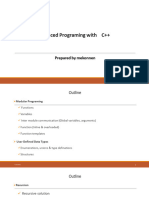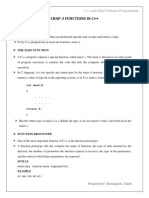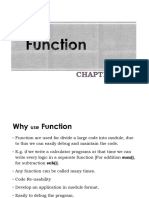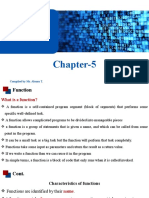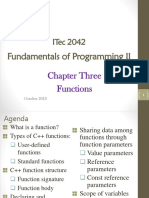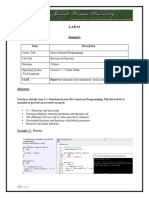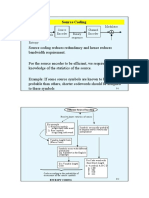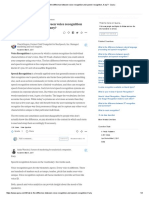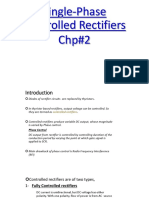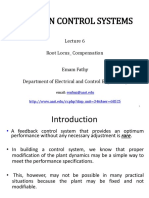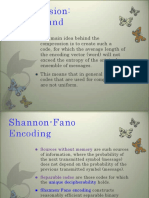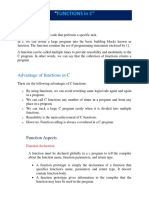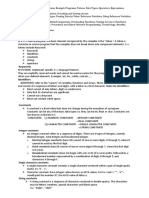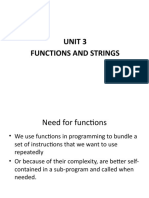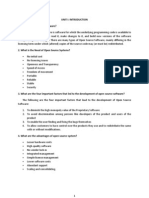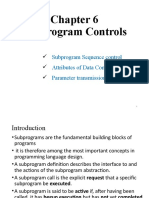0% found this document useful (0 votes)
115 views39 pagesChapter 2 Functions
nuuu
Uploaded by
tsegayCopyright
© © All Rights Reserved
We take content rights seriously. If you suspect this is your content, claim it here.
Available Formats
Download as PPT, PDF, TXT or read online on Scribd
0% found this document useful (0 votes)
115 views39 pagesChapter 2 Functions
nuuu
Uploaded by
tsegayCopyright
© © All Rights Reserved
We take content rights seriously. If you suspect this is your content, claim it here.
Available Formats
Download as PPT, PDF, TXT or read online on Scribd
/ 39























